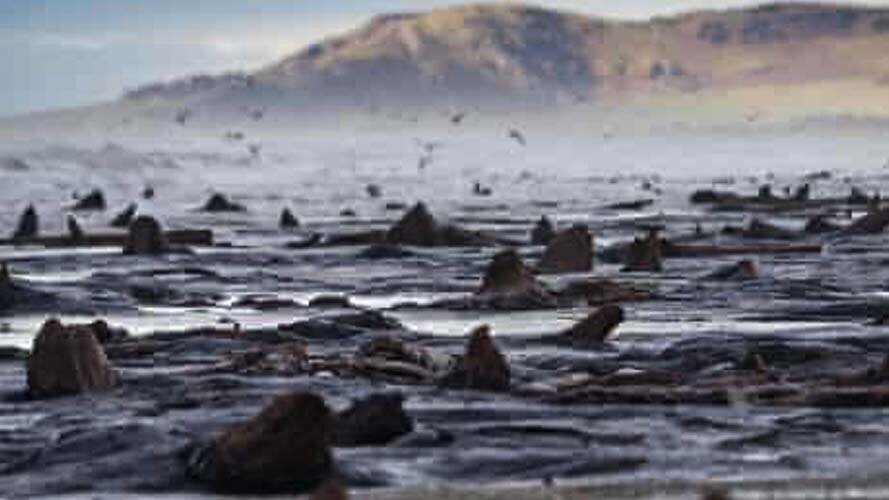When fairytales become reality.
How do you perceive the world around you? Do you think you automatically group your perceptions into manageable categories? Are you really aware of the boundaries of these categories? Take a little peak into how artists may be the forerunners in our evolving awareness, how myths and archetypes stem from an underlying theme reflected in the cosmos and your part in these changing times.
This article is divided into four separate sections.
Want to skip ahead?
When myths become your reality
Continue reading to discover how creativity can give us a greater insight into myths and archetypes.
Did you know that there’s one central myth that reflects cosmology and changes in the human psyche? In this section I examine the main underlying theme that has been handed down through centuries of oral and written traditions.
Learn how we play a part in shaping our realities.
Discover what this new era means for all of us and what part you may be called upon to play.
Part 1 of 4. Myths and Achetypes
In today’s society myths are presented and experienced in a multitude of different forms. They can be used as a source of entertainment for children’s bedtime stories, an excuse to employ special effects in a blockbuster film or even a topic for discussion during an A’level psychology class. Although both myths and archetypes are generally understood as metaphors for delivering concepts that may not, at present, be within our realm of understanding, is it possible that a new way of understanding could be bought to life through a social and spiritual necessity that will have a profound effect on us, both personally and collectively? Also, could this new comprehension enable us to understand the parts that we play in the grand scheme of things and how this ‘grand scheme of things’ may also be part of a misunderstood but repeated pattern?
Art and Myths.
Open minds and easy access.
Myths and archetypes are commonly expressed through art, whether it is the art of storytelling, filmmaking, writing or indeed any form of expression. The artist can deliver concepts that may not only be immediate, but also provide you with the ability to identify with a notion, imbue it with your own experience and understanding and make it your own personal realisation. This is when myths and archetypes are the most rewarding and the most profound.
“Art is magical. It is a fairy-tale. It can make you rich. It can make you poor. It can turn everything you thought you knew inside out and upside down.” (Jones, 2017)
This is the opening line of Damien Hirst’s review for his exhibition ‘Treasures from the Wreck of the Unbelievable’, which fills a capacious palace and the halls of the ship-shaped Punta della Dogana at the mouth of the Grand Canal, in Venice. The exhibition brings to life ancient history and myth through the exhibition of artefacts salvaged from the supposed wreck of a treasure ship called the Apistos, found on the seabed off east Africa.
The exhibition walks you through such sights as an 18 metre courtyard statue of ‘Demon with Bowl’ and as a massive coral-covered statue of a multi-armed woman fighting the writhing Hydra alongside enormous skulls of Polyphemus from Homer’s Odyssey, blurring the lines between fantasy and fiction with large format photos and videos to back up the tale.
This is not Damien Hirst’s first encounter with myth. He collaborated with his close friend and fashion photographer, Rankin to explore the monsters of folklore into the 21st in a project titled ‘Myth, Monsters and Legends’. Together they dragged the gods of the underworld up into the arena of fashion photography.
Making Myths Real
Liz Jones a journalist for the Sunday Mail, wrote a rather scathing review of his work. She was obviously rather bemused by the fact that an artist could make vast sums of money from an instillation or exhibition such as this, and asked Tracey Emin, if she was stuck for the odd million why couldn’t she quickly rustle up another carving of her cat, Docket. Tracey replied, “It doesn’t work like that, you have to have something to say.” (Jones, 2017) So what was Damien trying to say with his £50 million exhibition? The answer may be found within his Myth and Legend collection, where the artist created anatomical cross-sections of winged unicorns in porcelain, revealing the flesh and musculature of the horse beneath the skin. Hirst believes these figures demonstrate the intersection between science, religion and belief.
He explains: “In a way, science brings religion down to earth and to cut open mythical creatures and expose them as being no different to mortal horses is somehow still magical. It’s kind of like exploding a myth to make it real.” (Other Criteria, 2012)
The Oxford dictionary has two definitions for myth:
1. A traditional story, especially one concerning the early history of a people or explaining some natural or social phenomenon, and typically involving supernatural beings or events.
2. A widely held but false belief or idea. (Oxford Dictionary, 2017)
Modern Interpretations of Myths.
I would like to touch on the first definition to begin with, to try and demonstrate how the most widely held myth has been interpreted within a setting familiar to me. The deluge myths depict global flooding, usually sent by a deity or deities to destroy civilization as an act of divine retribution and are common across a wide range of cultures, from the flood myths of the Chaldeans to the oddly comparable later account of the deluge found in Genesis, to Deucalion of the Greeks, and Manu’s flood depicted by the fish god in the Indian Rig Veda, the Hopi myth of entrance into the fourth world and of course and Plato’s myth of Atlantis, to name a few. In fact almost every culture has its own version of this myth.
A Modern myth with a local setting: The Sunken 100.
I grew up in a small village, on the coast of Cardigan Bay, West Wales, which has its own deluge myth that has been incorporated into various forms of artistic expression. To give a brief explanation of the myth I have adapted information from the now defunct ‘Sunken Hundred’ bar in New York. The bar’s website outlines how Wales’ rich culture of incorporating ancient myths and legends was handed down from the pre-Christian oral mythology of the native inhabitants of Great Britain - the Celtic Britons. The myth that depicts the Welsh version of the deluge myth is The Black Book of Carmarthen, written before 1250, which contains the story of Cantre’r Gwaelod, the Sunken Hundred, and depicts the legendary sunken kingdom said to lie beneath Cardigan Bay.
The myth details how “during the reign of King Gwyddno Garanhir (Longshanks), a beautiful, fertile land lay off what is now the coast of West Wales. This lowland was protected from the sea by a series of dykes containing sluice gates that were sealed at high tide. One night around AD 600 during a terrible storm, the watchman in charge of the defences, a certain Seithennin, had been drowning his sorrows over his unrequited love for the King’s daughter, fell asleep and failed to tend the gates. At high tide the sea swept in unhindered, engulfing the land and drowning most of the inhabitants, including Seithennin. To this day, it is said that you can hear the bells of the churches in the drowned land ringing from beneath the waves.” (Sunken 100, The Myth 2017)
The acclaimed Welsh sculptor, Catrin Howell, renowned for her delicate portrayal of animal figures, states that she is drawn to myth as a means of inspiration as “it allows the impossible to happen, and challenges perceptions by playing with assumptions of the real and the supposed.” (Contemporary Applied Arts, 2008). Howell’s primordial dogs, a major theme in her work, derive from her evocation of Cantre Gwaelod. She imagines the terrified dogs trying to support each other in desperate efforts to escape the rising flood waters.
In an interview for the Welsh Culture magazine, she explains how two Welsh legends, Cantre Gwaelod and Beddgelert have been an impact on her work and how she has brought the stories to life by concentrating on the animals in the stories alongside observations from animal skeletons and anatomy books.
Marcus Vergette, an interdisciplinary artist with an interest in materials and harmonic relationships has also added his interpretation of the myth with the possibility that it may be a folk memory of gradually rising sea levels at the end of the ice age by installing a ‘Time and Tide’ bell at Aberdovey, Cardigan Bay. A permanent installation that is rung at high tide and as the sea levels rise as an effect of climate change, the periods of bell strikes will become more and more frequent, and as the bell becomes submerged in the rising waters the pitch will vary.
The above represent examples of different ways a myth could be interpreted and how it has acted as a catalyst for the artist interests. To paraphrase Tracey Emin, ‘they feel as if they have something to say, and the myth, almost like a metaphor, allows them to communicate this’.
Continued in the next article: ‘The Grand Underlying Myth.’



